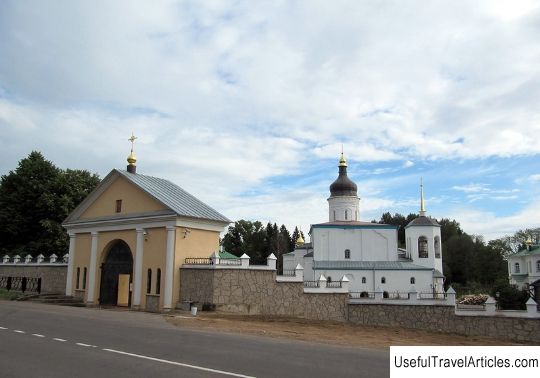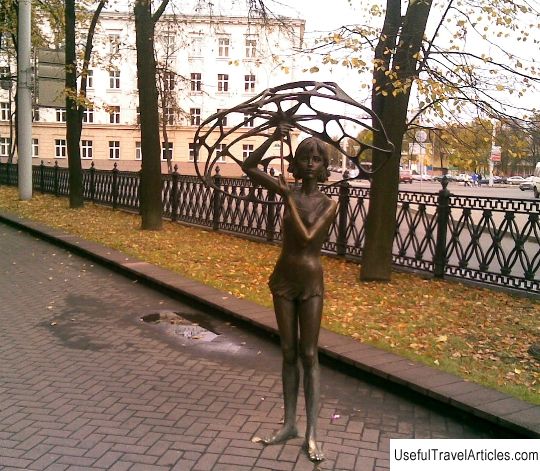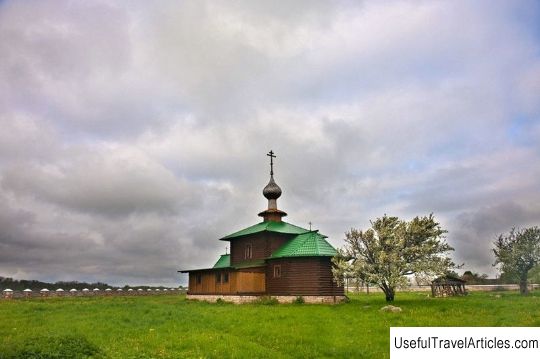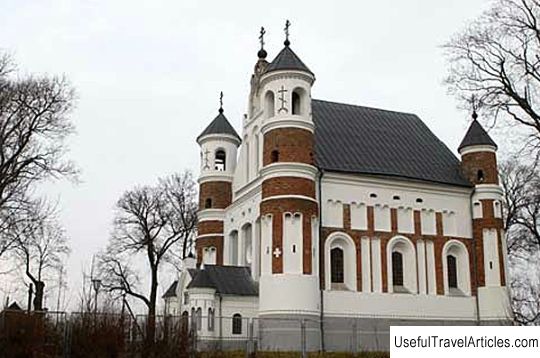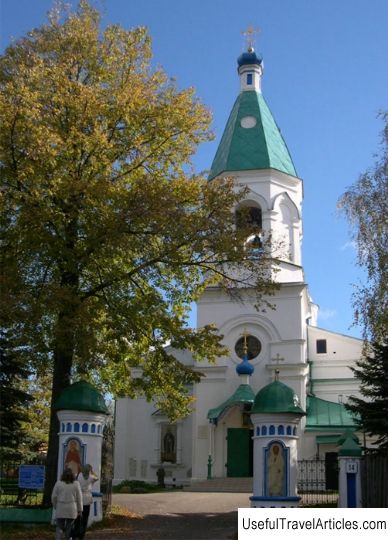Spaso-Nativity Church of the former Malsky Monastery description and photos - Russia - North-West: Izborsk
Rating: 8,2/10 (5811 votes) 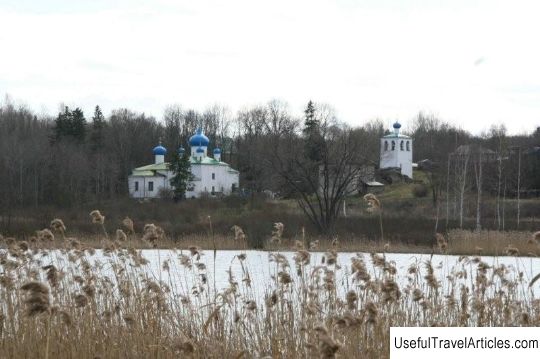
Spaso-Nativity church of the former Malsky monastery description and photos - Russia - North-West: Izborsk. Detailed information about the attraction. Description, photos and a map showing the nearest significant objects. Photo and descriptionThe famous Spaso-Nativity Church was built in the second half of the 16th century. Similar to many Pskov churches, it is very small and has the usual forms, although it has five chapters crowning it, which indicate that the school of Moscow architecture actively influenced the entire appearance of the temple. The church is located 18 km from the Pskov-Pechersky monastery, next to the Malskoe lake. Previously, this church was called the Onuphrius Hermitage in honor of Onuphrius Malsky, the successor of the Monk Euphrosynus. Since ancient times, this place has been considered truly holy. The incredible beauty of the Malskaya Valley, the grace and harmony of the Church of the Nativity of the Savior have always attracted numerous pilgrims from all over Russia. The Savior-Rozhdestvensky monastery, which previously existed in its present place, was completely unsociable until the time when the Monk Onuphrius came to these lands in search of an ascetic solitary life. Learning about the desert ascetic, many came here who wanted to find salvation and leave the world, hiding in solitude. Gradually, the Malsky monastery grew more and more, but we still do not know anything about the life of Onuphrius. A modest small monastery located on the shore of Lake Malskoye became more and more popular until 1581. The monastery had two churches, the main of which was built in the second half of the 16th century and was called Spaso-Rozhdestvenskaya. It was simple and did not have complex shapes. The second stone building at the monastery is the refectory church, to which the refectory room adjoins, connected on the west side with a belfry. The common room had three floors and was allocated for the needs of the temple and the brethren. On all sides the monastery was surrounded by a log fence. Also, the monastery had an abbot's house, a hay barn, three granaries and a small hut right at the gate. Nearby there was also a cowshed with several cowsheds and a dairy on the shore of the lake; there was also a vegetable garden with a garden at the church. The largest number of monks in the monastery never exceeded fifteen. One of the best pieces of architectural Pskov church architecture is the bell tower of the Malsky monastery. Initially, it served as a belfry, was covered with a pitched roof and had a flat wall on the south side, in the upper part of which there were four arched openings intended for bells, which fully corresponded to the building traditions of that time. During 1902, the belfry was rebuilt into a bell tower, as it was necessary to strengthen its upper part. The military past of our Motherland has not bypassed the Malsky Monastery. In 1581, the troops of the Polish king Batory were on their way to Pskov and came close to Malam - the monks could not save their monastery. For a very long time, the monastery was a mountain of ruins. In 1675 the Spaso-Nativity monastery was restored, but under what circumstances it is not known exactly. In 1710, the church was again destroyed due to the attack of the Swedes. In 1730, by order of Anna Ioannovna, the Malsky monastery was restored, while the main church and the bell tower were rebuilt. After a while, in 1764, the monastery was abolished under Catherine II, and the Savior-Nativity Church is open as a parish; it was then called the Malsky churchyard. In the small cemetery of the Malsky churchyard, Matthew was buried - a local righteous man who for about 40 years lay on his bed without movement and endowed with the gift of providence. In 1905, Matthew died and was buried in front of the Savior-Nativity Church. In 2000, the remains of the Malsky monastery were given to the Pskov-Caves monastery for full restoration. A new cell was built in the bell tower. In the courtyard for household needs, special workshops are being built for the restoration of the famous Malsky skete. Since antiquity, Mala has been referred to as holy places. During the village holidays, you can see representatives of a small ethnic group - Setos, which is associated with the presence of Setus burials in the cemetery. In July, the holiday of "Malsky Resurrection" is celebrated, honoring the memory of our ancestors.         We also recommend reading Evora Cathedral description and photos - Portugal: Evora Topic: Spaso-Nativity Church of the former Malsky Monastery description and photos - Russia - North-West: Izborsk. |
